Tibet Cultural Relics Exhibition held in Xi’an
An exhibition of cultural relics from Tibet opened in the cultural relics exhibition hall of the Qinshihuang Mausoleum Museum in Xi’an, Shaanxi province, Northwest China on Jan 28, as part of efforts to share cultural relics and conduct cultural exchanges between the Tibet Autonomous Region and Shaanxi province.
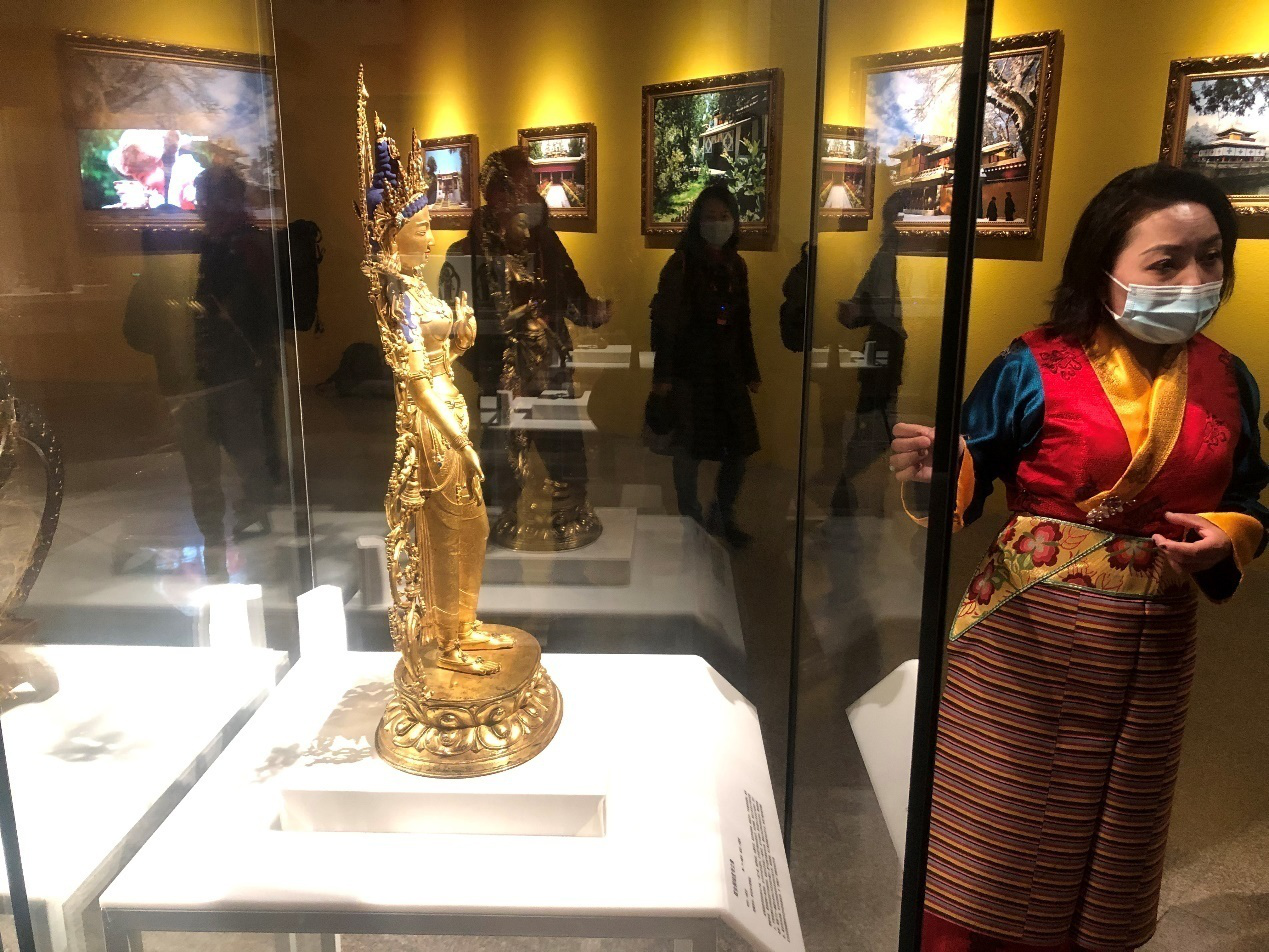 The exhibition opened to the public on Jan 28.
The exhibition opened to the public on Jan 28.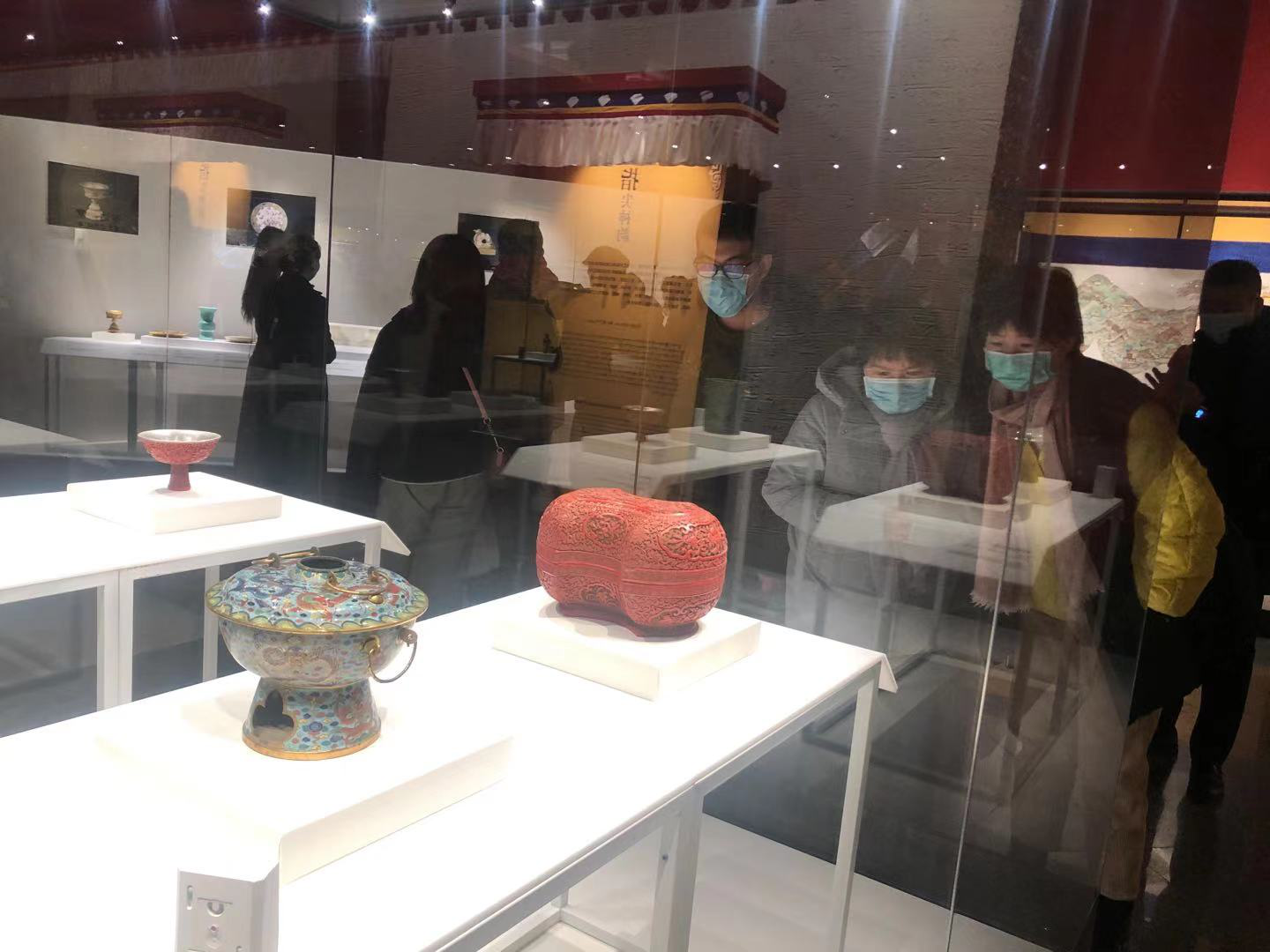 The exhibition opened to the public on Jan 28.
The exhibition opened to the public on Jan 28.
The nine month exhibition is sponsored by the Shaanxi Provincial Cultural Heritage Administration and the Tibet Autonomous Region Cultural Heritage Administration, and undertaken by the Qinshihuang Mausoleum Museum, the Tibet Autonomous Region Administration Office of Norbulingka and the Tibet Autonomous Region Administration Office of Potala Palace.
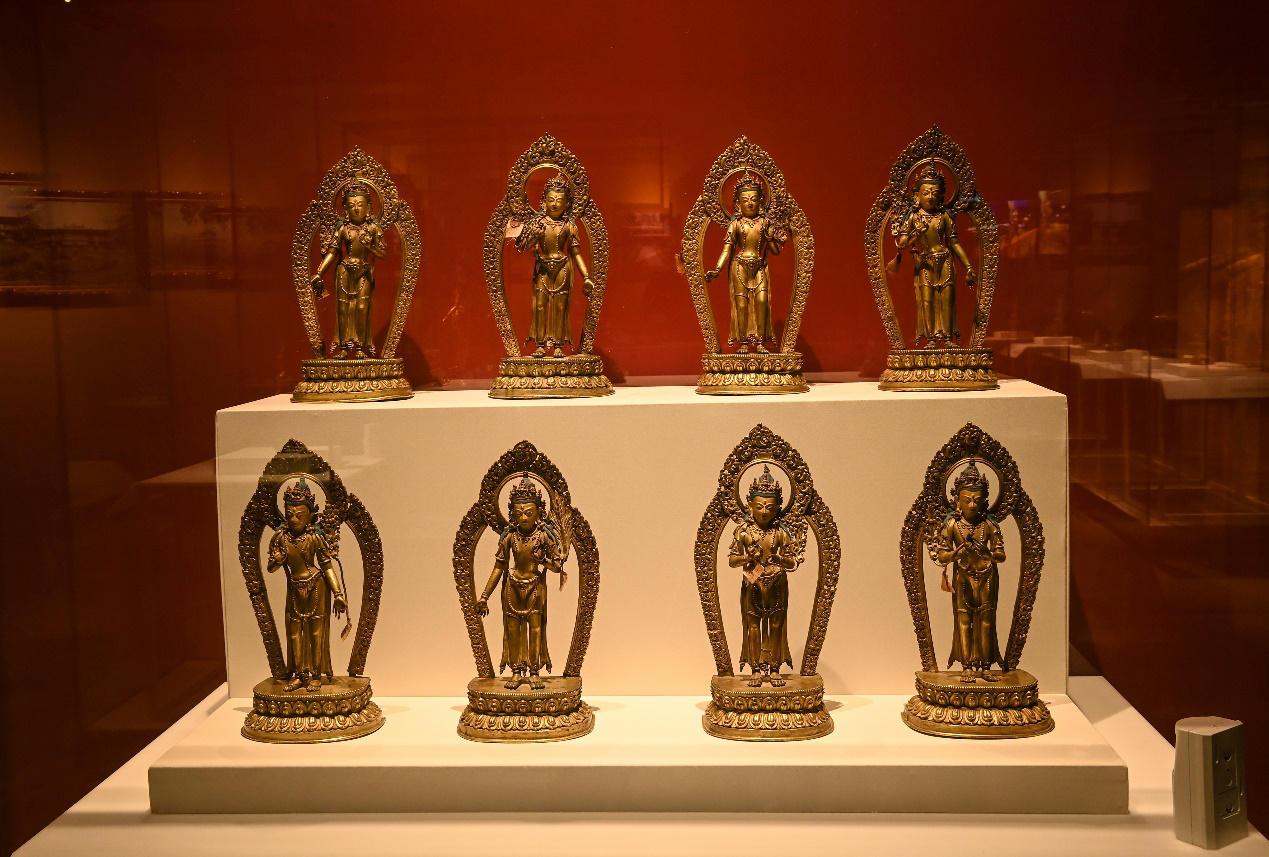 A group of Buddha statues from Tibet on display at the exhibition.
A group of Buddha statues from Tibet on display at the exhibition.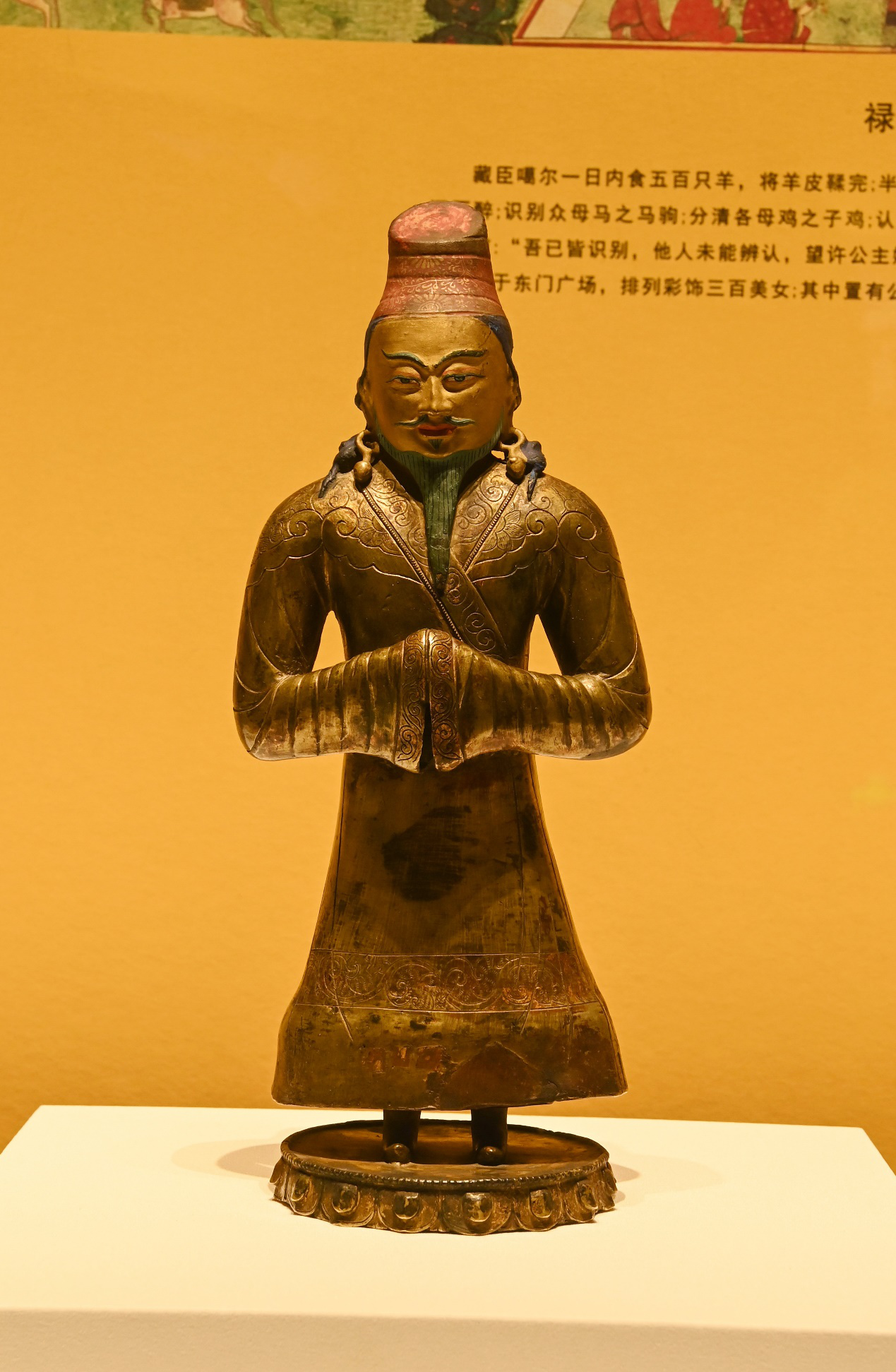 One of the relics from Tibet displayed at the exhibition.
One of the relics from Tibet displayed at the exhibition.
The exhibition has gathered 100 sets of precious cultural relics from the management offices of Norbulingka and Potala Palace. For most of these cultural relics, this is the first time they've been displayed to the public. The exhibition is built on the foundation of decades of in-depth cooperation between Shaanxi and Tibet, both in archaeological excavations and cultural relics protection.
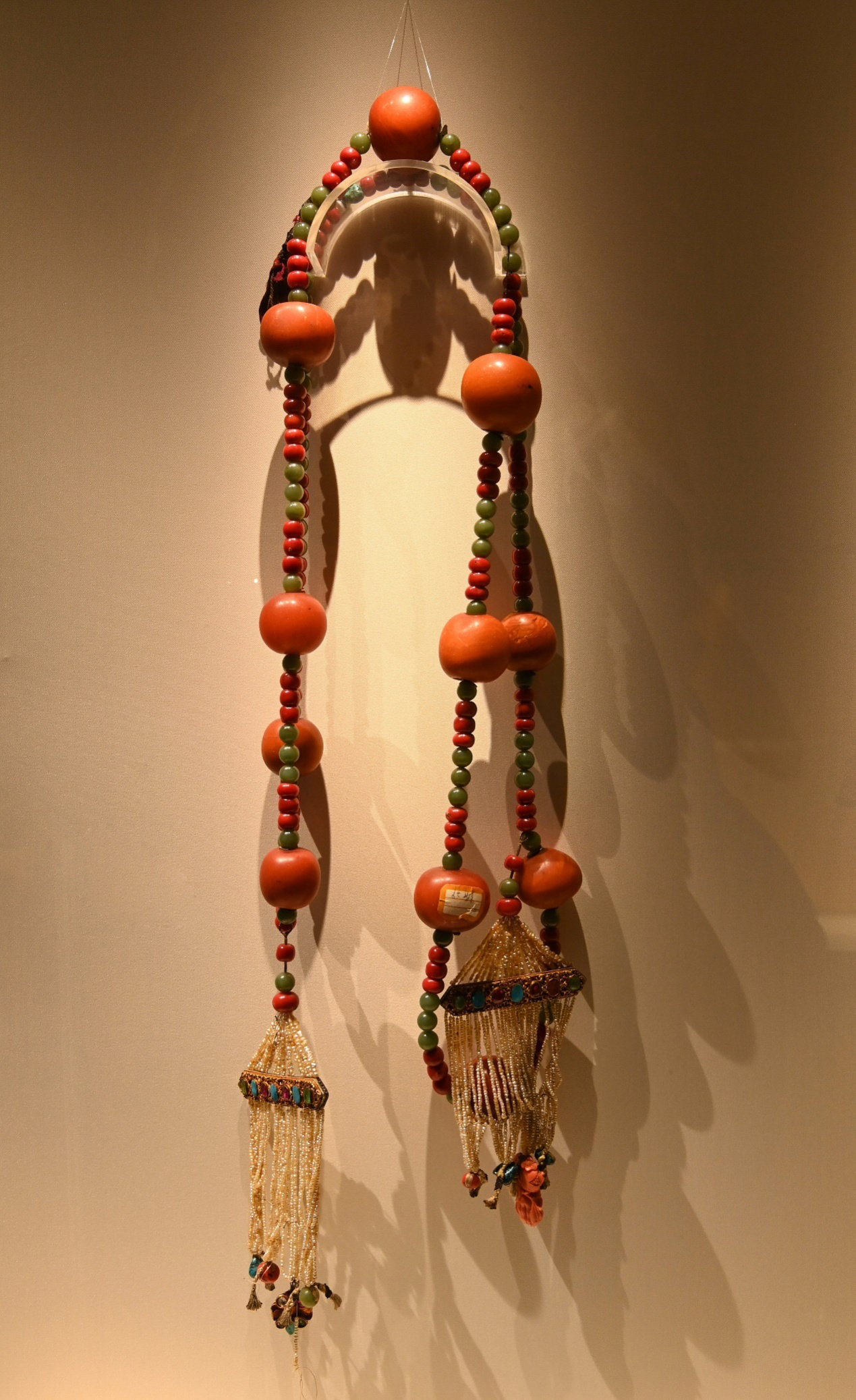 One of the relics from Tibet displayed at the exhibition.
One of the relics from Tibet displayed at the exhibition.
This exhibition focuses on the fact that Tibet has been an integral part of the motherland since ancient times and on the diversity of ethnic cultures in Tibet, embodying the theme of national unity and the reunification of the motherland.
The 100 sets of cultural relics, including living utensils, Buddha statues, thangkas, and costumes, are some of the best examples of their kind. They have high artistic and historical value, and fully display the essence of Tibetan culture and art over the past thousand years.
Over the past 40 years, the Qinshihuang Mausoleum Museum has successfully held a number of far-reaching temporary exhibitions, forming its own temporary exhibition system. The holding of this exhibition not only expands the exhibition content of the museum as a world heritage site, but also plays an important role in the spread of Tibetan culture.


